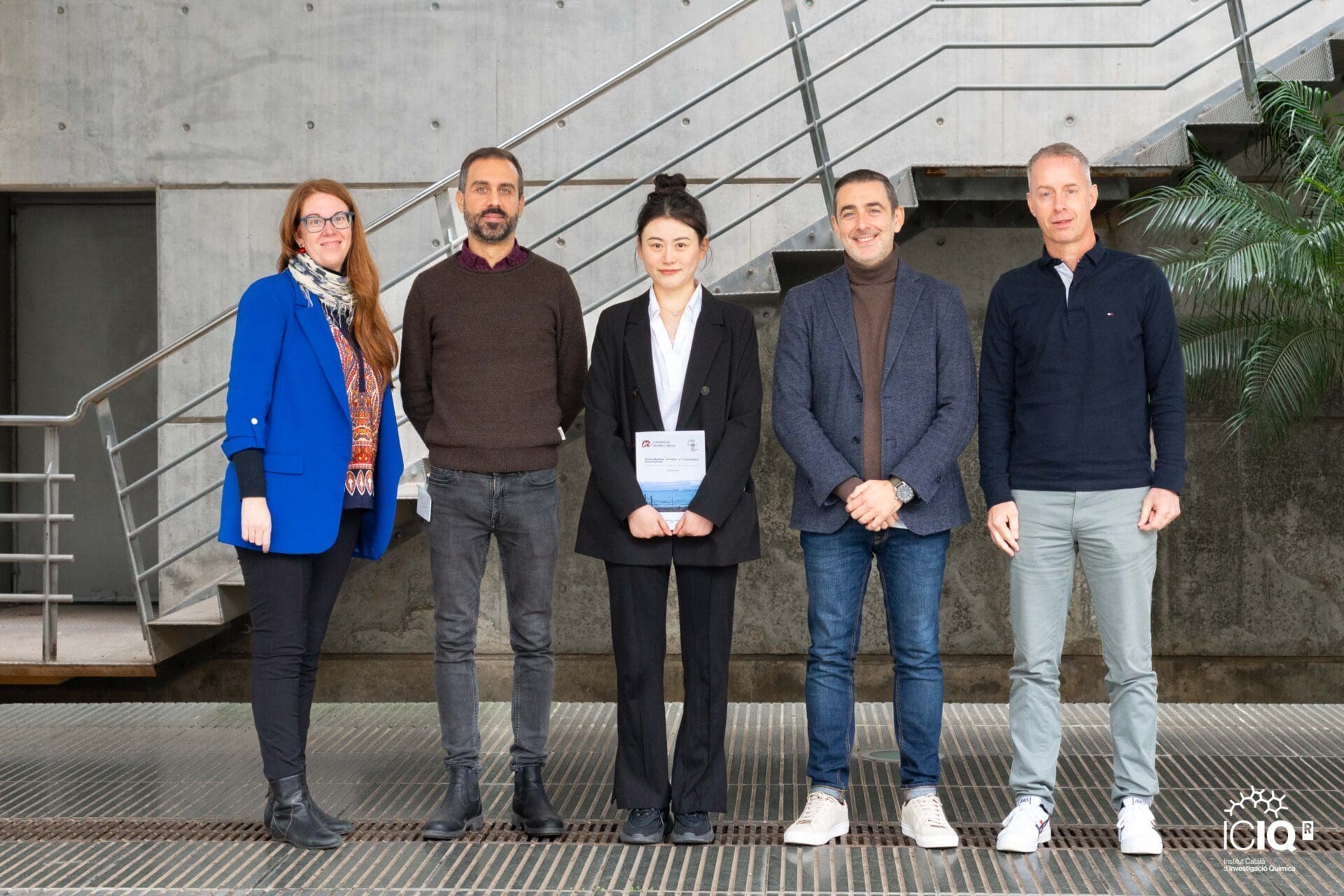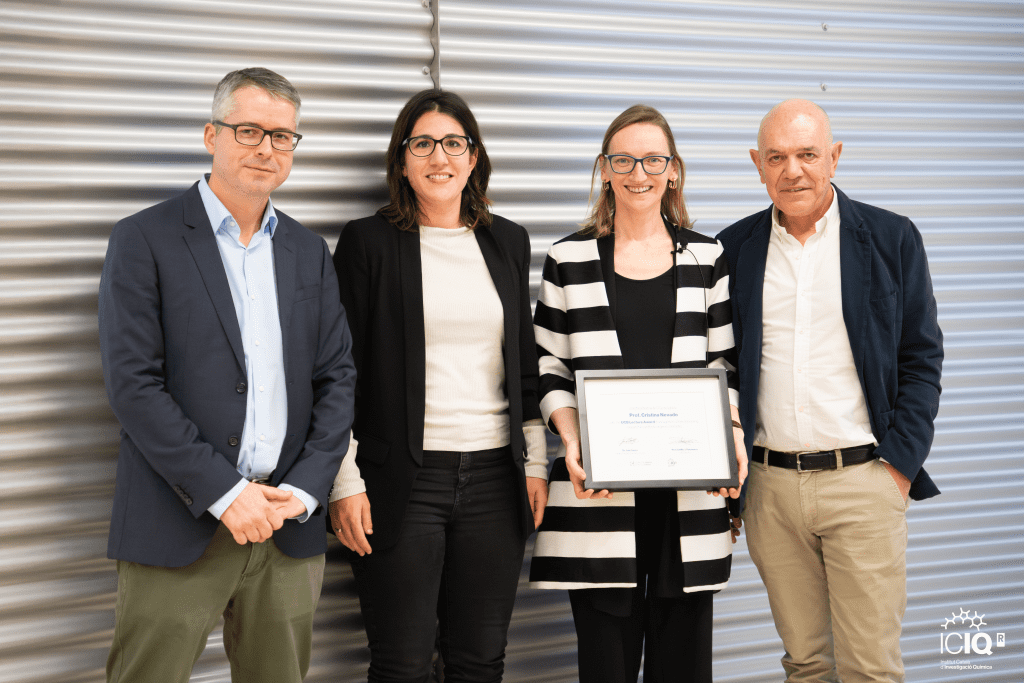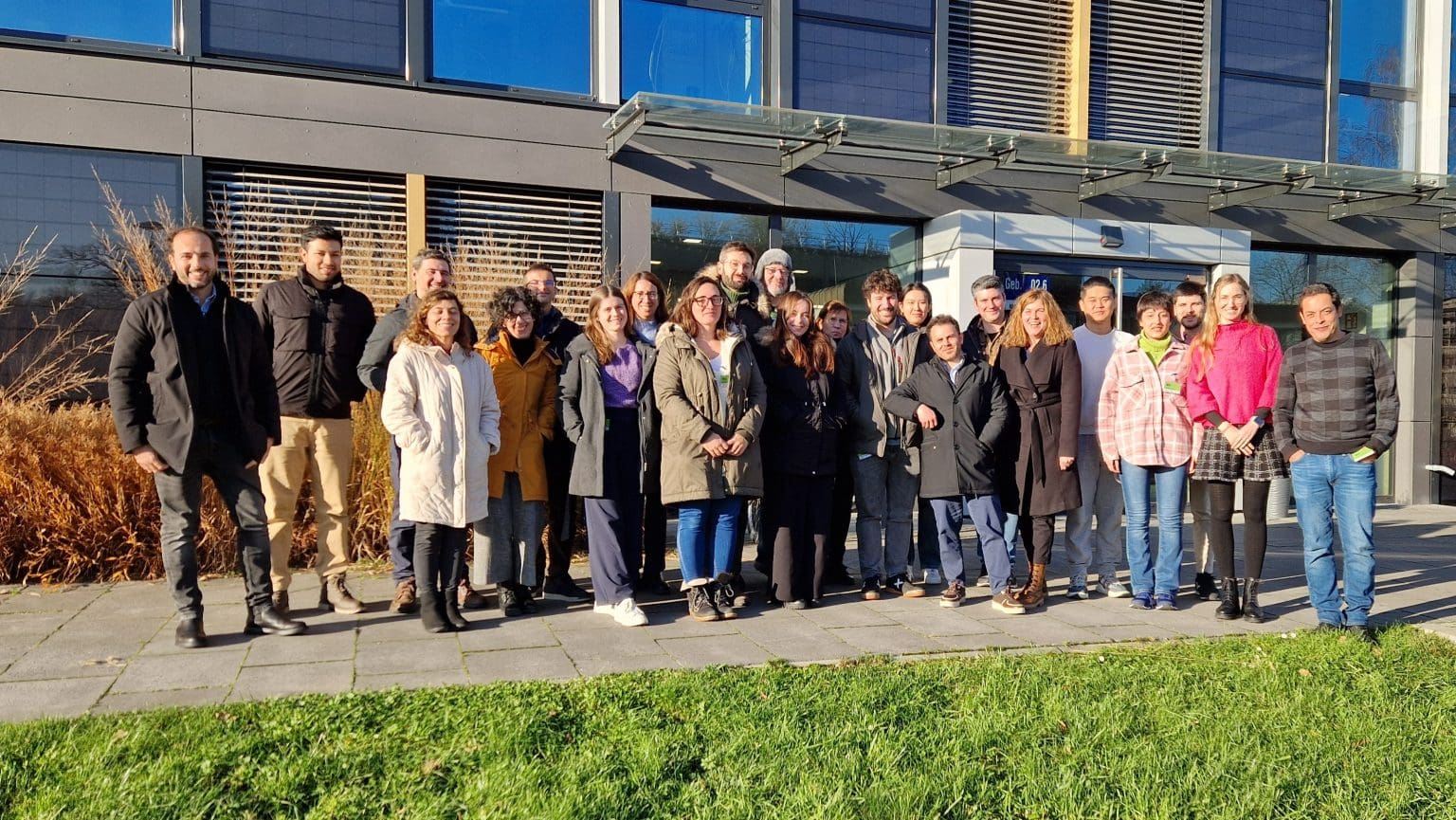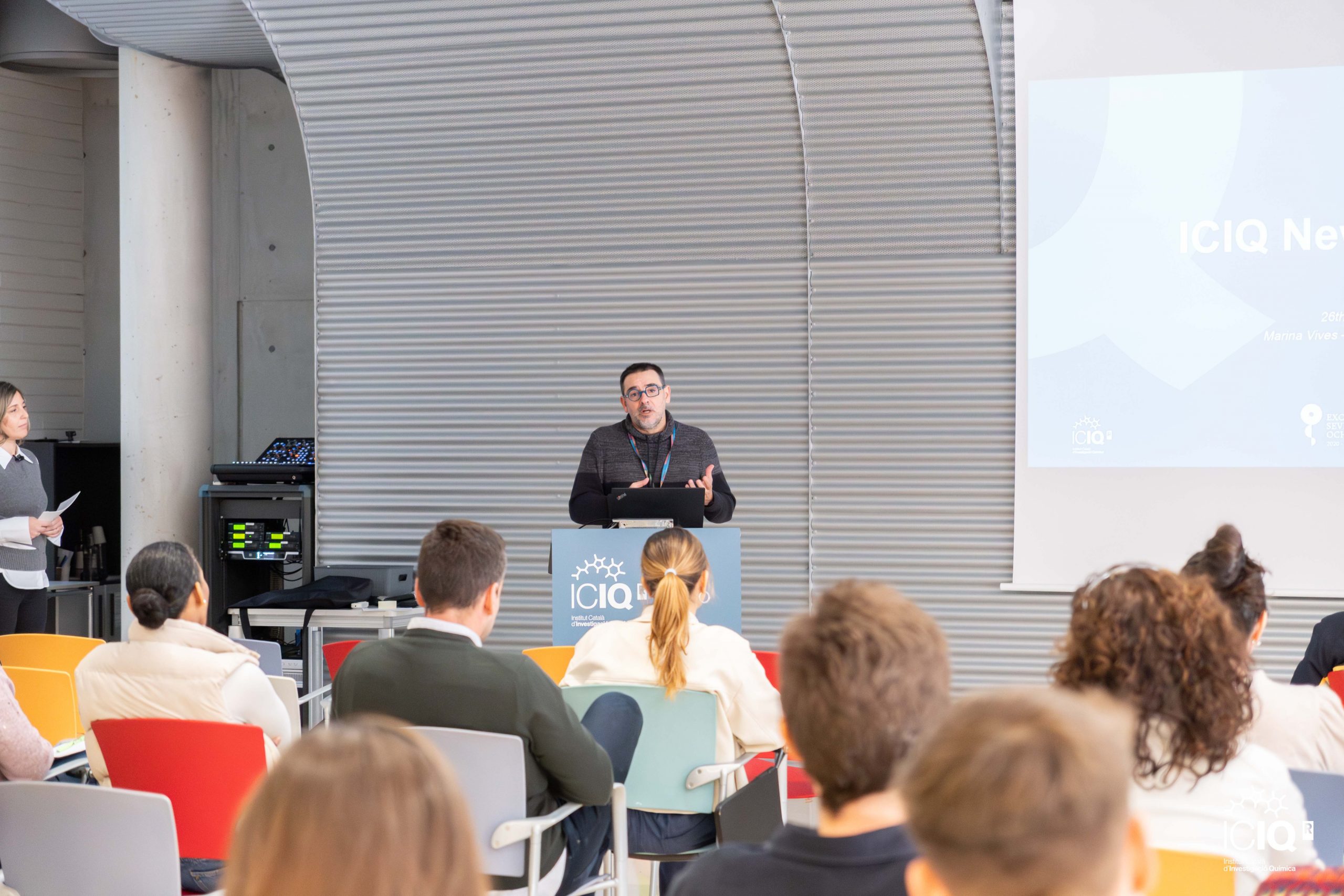Rubén Martín research group publishes the most accessed papers
Rubén Martín and his team work on the metal-catalysed activation of relatively inert bonds, such as C-H, C-C or C-O and molecules such as CO2.
They develop new methodologies to activate these entities in order to produce synthetically relevant molecules.
Their research has proven to be very interesting: Two of the latest publications of the group rank in the Top Ten most accessed research of two of the most reputed international journals within the chemical sciences: JACS and Angew. Chem. Int. Ed.
The paper published in JACS reports the first catalytic carboxylation of primary, secondary and tertiary benzyl halides using CO2 as the source of carbon. The advantages of this new methodology include the reaction mild conditions and the user friendly and operationally simple procedure. Furthermore, this synthesis does not involve the use of sensitive metal complexes and it can be applied to a wide range of substituted benzyl halides.
On the other hand, the highlight reported in Angewandte Chemie, describes a novel strategy to prepare bis(heteroaryl)motifs based on Nickel catalysed decarbonylative coupling reactions. They manage to couple azoles and phenyl esters without the aid of costly organometallic reagents and/or stoichiometric amounts of silver- or copper- based oxidants, a great advantadge from previous methods.
Related news

Let's create a brighter future
Join our team to work with renowned researchers, tackle groundbreaking
projects and contribute to meaningful scientific advancements





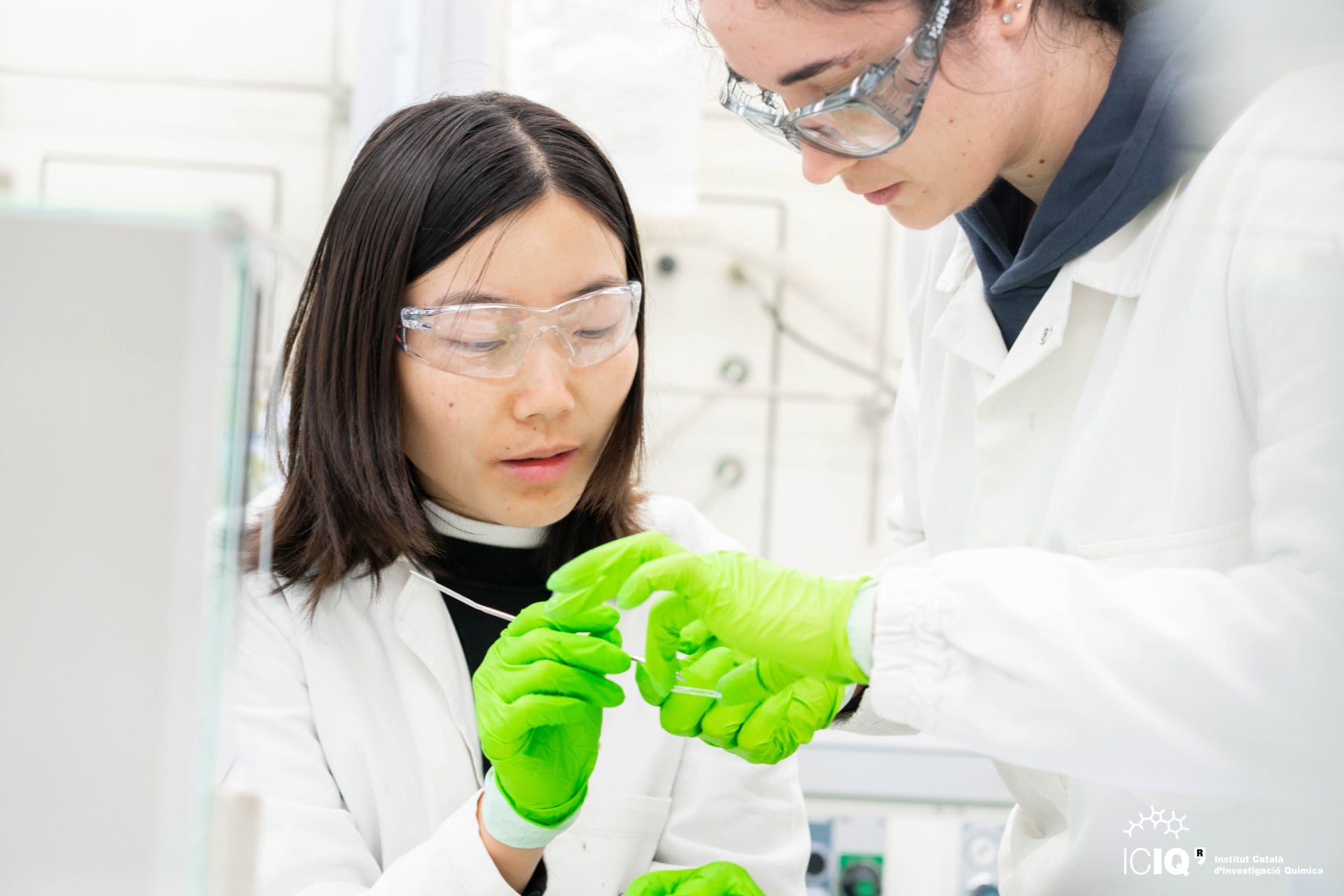
 21-01-2025
21-01-2025 
